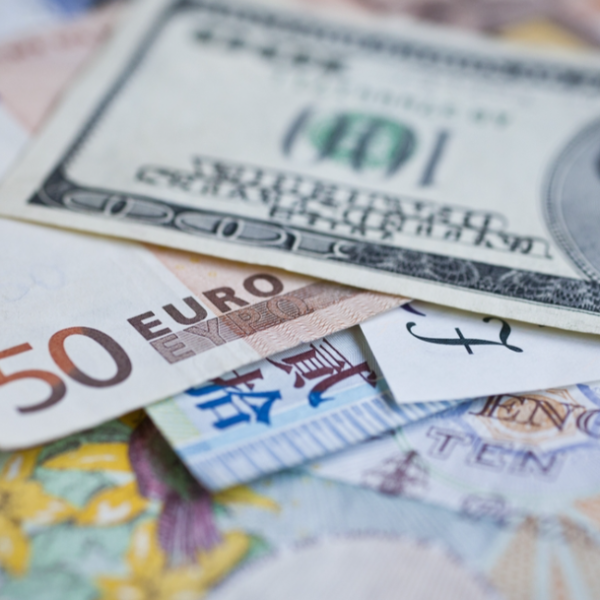The Japanese Yen has paused in its tumultuous ride after the Bank of Japan tilted away from ultra-loose monetary policy. While the bank left its policy balance rate at -0.10%, it adjusted its yield curve control (YCC) by targeting a band of +/- 0.50% around zero for Japanese Government Bonds (JGBs) out to 10 years.
The YCC target was previously +/- 0.25% around zero. The BoJ now holds more than 50% of all outstanding JGBs. USD/JPY collapsed from 137.50 toward 130.50 in quick time. It has since steadied as the market ponders the ramifications of the tilt.
According to BoJ Governor Haruhiko Kuroda, the change of gears was not a tightening measure but merely a ‘technical tweak’. The market does not see it that way. Back-end yields in all developed market curves have marched higher in the aftermath.
In the lead-up to Tuesday’s meeting, Governor Kuroda had remained steadfast that the policy will be robustly maintained. The about-face is what caught markets by surprise.
A new bank governor is scheduled to be appointed in April 2023 and there is a perception that he might be paving the way for a new leader to tighten policy in the face of accelerating inflation.
The Yen is used by some investors as a funding currency and a rise in Japanese yields changes the pricing dynamics for those participants.
Japan is the largest holder of Treasury notes and once again, if domestic yields are heading north, it may have implications for the largest debt market in the world. Looking forward, the question remains about the direction of policy and the adjustment that will be required in global portfolios. What seems apparent is that JGB yields matter when it comes to USD/JPY.

